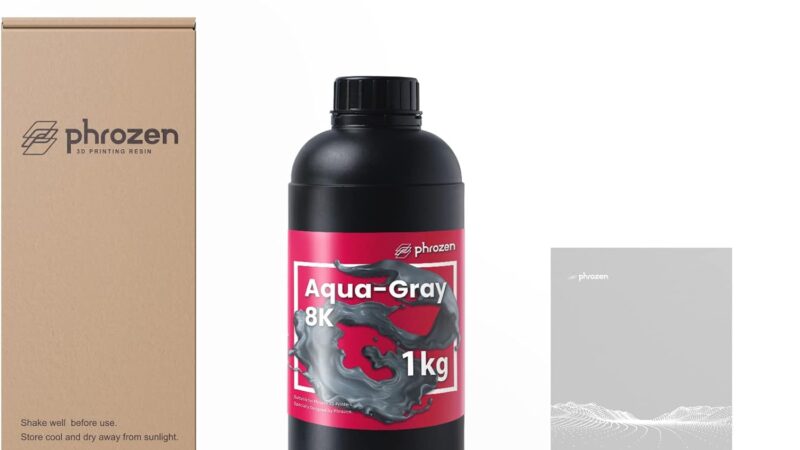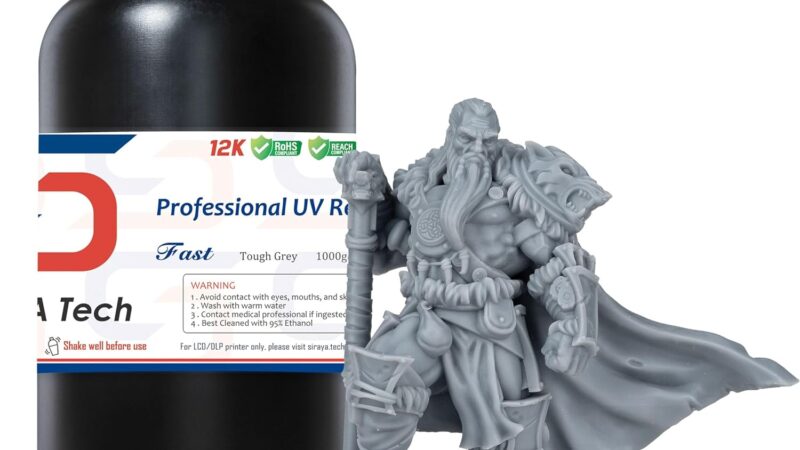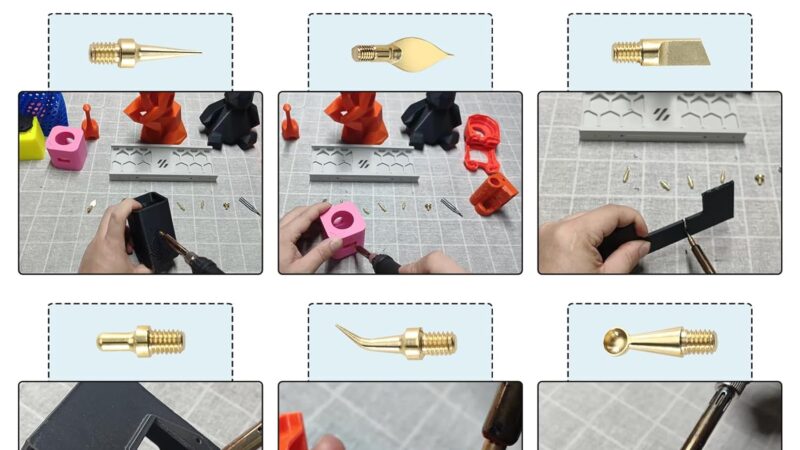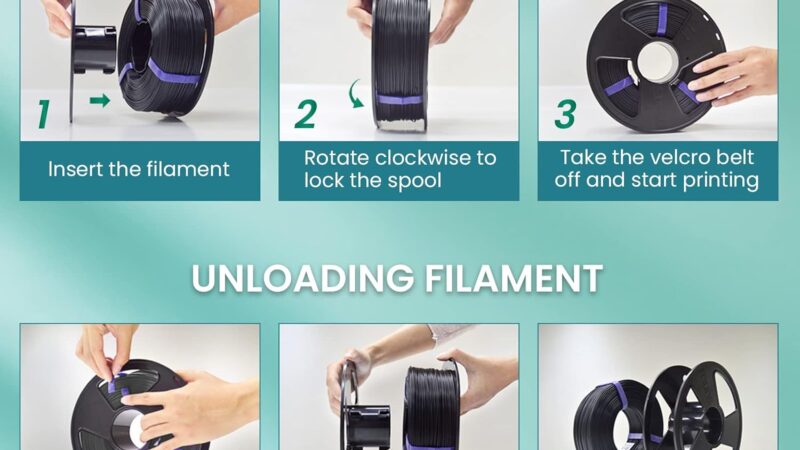Understanding ASA Filament

If you’re curious about ASA filament, you’ve come to the right place! ASA filament is a type of 3D printing material that offers excellent weather resistance and durability. In this article, we’ll explore what exactly ASA filament is and why it’s gaining popularity among 3D printing enthusiasts. So, get ready to uncover the fascinating characteristics of ASA filament and discover how it can elevate your 3D printing projects to the next level.
Understanding ASA Filament

This image is property of images.unsplash.com.
What is ASA filament?
ASA filament is a type of thermoplastic filament that is commonly used in 3D printing. ASA stands for Acrylonitrile Styrene Acrylate, which refers to the three main components of this material. ASA filament is known for its durability, weather resistance, and ease of use. It is a popular choice among 3D printing enthusiasts and professionals alike.
Properties of ASA filament
ASA filament possesses several unique properties that make it an ideal choice for various applications. One of the key properties of ASA filament is its exceptional resistance to UV radiation. This makes it an excellent filament choice for outdoor applications where exposure to sunlight is a concern. ASA filament is also highly impact resistant, making it suitable for creating durable and long-lasting prints. Additionally, ASA filament has good thermal stability, allowing it to withstand higher temperatures during the printing process without deformation.
Advantages of ASA filament
ASA filament offers several advantages over other 3D printing materials. Firstly, its excellent weather resistance makes it a preferred choice for outdoor applications, such as outdoor signage, garden ornaments, and architectural models. ASA filament also has a pleasant matte finish, which gives prints a professional and polished look. Furthermore, ASA filament is relatively easy to work with and has good layer adhesion, resulting in high-quality prints. Another advantage of ASA filament is its wide availability in a range of colors, allowing for endless customization possibilities.
Disadvantages of ASA filament
While ASA filament has numerous advantages, it also has a few limitations to consider. One of the main disadvantages of ASA filament is its tendency to warp during the printing process. Due to its high thermal expansion coefficient, proper printing techniques and settings must be employed to minimize warping. Additionally, ASA filament requires a heated print bed to ensure optimal adhesion and prevent warping. Another disadvantage is that ASA filament releases fumes when melted, so it is important to use adequate ventilation or an enclosed printing environment for safety.

This image is property of images.unsplash.com.
Compatibility with 3D printers
ASA filament is compatible with most FDM (Fused Deposition Modeling) 3D printers, which are the most common type of 3D printers on the market. However, it is important to check the manufacturer’s guidelines and recommendations for your specific printer model. ASA filament requires a heated print bed, usually set to a temperature between 80-100°C, to prevent warping and promote adhesion. Additionally, ASA filament typically requires a higher printing temperature, usually around 240-260°C, to ensure proper melting and flow.
Printing tips for ASA filament
To achieve the best results when printing with ASA filament, it is important to follow a few key tips. Firstly, ensure that your printer’s bed is properly leveled to maintain a consistent layer height. This helps to minimize the risk of warping and improve print quality. Additionally, using a suitable adhesive such as a glue stick or hairspray on the print bed can aid in adhesion. It is also recommended to use a heated chamber or enclosure to help maintain a consistent temperature and reduce the risk of cooling-related issues. Lastly, adjusting the print speed and fan settings can also be beneficial for optimizing print quality with ASA filament.

This image is property of images.unsplash.com.
Post-processing techniques for ASA prints
After printing with ASA filament, there are various post-processing techniques that can be applied to enhance the final result. One common technique is sanding, which helps to smooth out any rough surfaces and give the print a polished finish. Additionally, acetone vapor smoothing can be used to create a glossy appearance on ASA prints. Another post-processing method is painting, which allows for customization and adds a layer of protection to the print. It is important to note that when post-processing ASA prints, proper safety measures should be taken, such as wearing a mask and working in a well-ventilated area.
Comparison with other filament materials
When comparing ASA filament to other filament materials, it is essential to consider the specific requirements of your project. PLA filament, for example, is a popular choice for beginners due to its ease of use and low cost, but it lacks the weather resistance and durability of ASA filament. ABS filament is another commonly used material that offers good impact resistance but is more prone to warping and emits strong fumes during printing. PETG filament combines some of the qualities of both ASA and ABS filaments, offering good strength and ease of use, but it may not be as UV resistant as ASA filament.
Common applications of ASA filament
ASA filament finds applications in various fields, thanks to its unique properties. One common application is outdoor signage, where ASA filament’s excellent weather resistance and UV stability make it a suitable choice. Architectural models and prototypes can also benefit from ASA filament’s durability and matte finish. ASA filament is also used in the automotive industry for creating functional components that require good impact resistance. Additionally, ASA filament can be used for recreational purposes, such as creating garden ornaments, outdoor toys, and sporting goods.
Conclusion
ASA filament is a versatile and reliable material for 3D printing that offers exceptional weather resistance, durability, and ease of use. Its UV stability and impact resistance make it ideal for outdoor applications, while its matte finish adds a professional touch to prints. Although ASA filament has a tendency to warp and emit fumes, proper printing techniques and safety measures can overcome these challenges. When compared to other filaments, ASA filament stands out for its unique combination of properties. Whether you are a hobbyist or a professional, ASA filament opens up a world of possibilities for creating high-quality, long-lasting prints.





